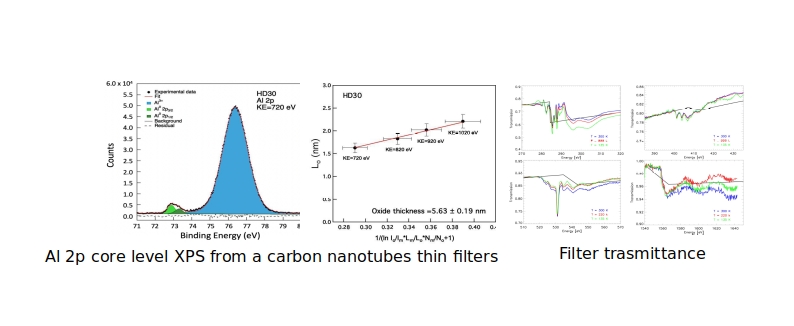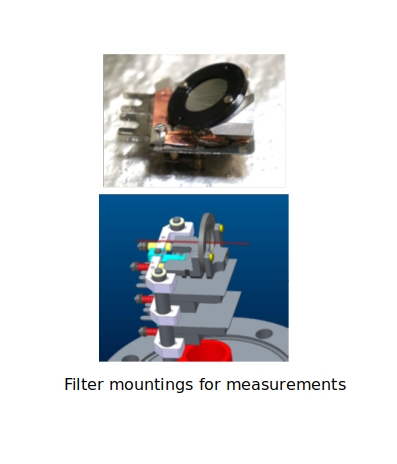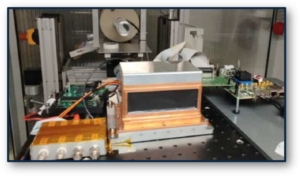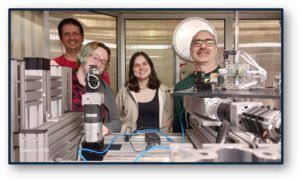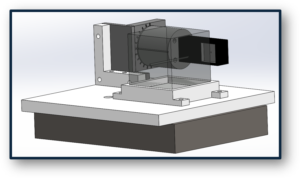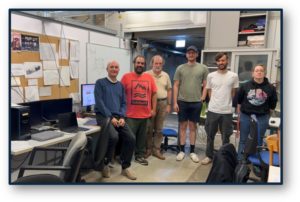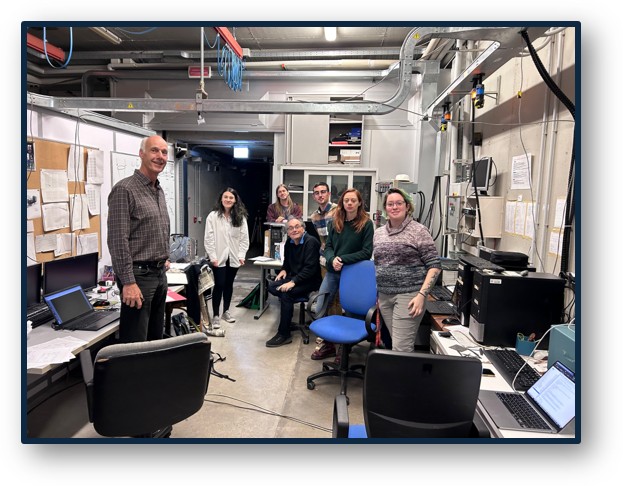At the end of the AHEAD2020 project the TNA experimental facility WP has received 21 proposals. One of them it has been considered unfeasible for technical reason while the other 20 proposals have been approved. In most cases a preparatory visit has also been part of the approved accesses. Access has been granted to 6 of the 9 offered facilities. “In person” access has usually been preferred, with remote access or in “emergency case” or for specific programs requiring access for very extended period. Among the PIs there are 2 from “mixed” groups inside/outside AHEAD2020, 2 from a SME (for a total of 5 proposals) and 3 from non-EU & associated country. Among the facilities BABE of IOM/CNR has been asked by 8 proposals for about 60 working days, the CSL Shaker and BBOTOC has been asked by 4 proposals for about 20 working days, the LARIX-A and LARIX-T at UNIFE has been asked by 5 proposals for about 27 working days (incl. prep. visits), the BeaTriX of INAF/OAB has been asked by 3 proposals for about 60 working days, 48 of which in remote access mode.
- TNA accesses to BABE and to CSL Shaker has had major synergies with the technological program (cf. AHEAD2020 JRA task) devoted to the development of sophisticated filters for X-ray detectors (M. Barbera, U. Lo Cicero, L. Sciortino, M. Todaro, E. Puccio, F. D’Anca, N. Montinaro, S. Varisco, P. T. Törmä, L. Riuttanen, I. Varjos, B. Mikladal, E. Magnano, I. Pis, C. Gollwitzer, E. Handick, M. Krumrey, Cz. Laubis, “Carbon nanotubes thin filters for x-ray detectors in space” Proceedings of SPIE – The International Society for Optical Engineering, 2022, 12181, 121814H). The performed measurements have played a key role in the development of required filters for the ESA Athena X-ray Observatory and for the NASA MUSE space mission for solar coronal physics. Moreover the acquired know-how on the properties of filters for X-ray instrumentation has been capitalized for the realization of a novel measurement system for material analysis (cf AHEAD2020 WP15).
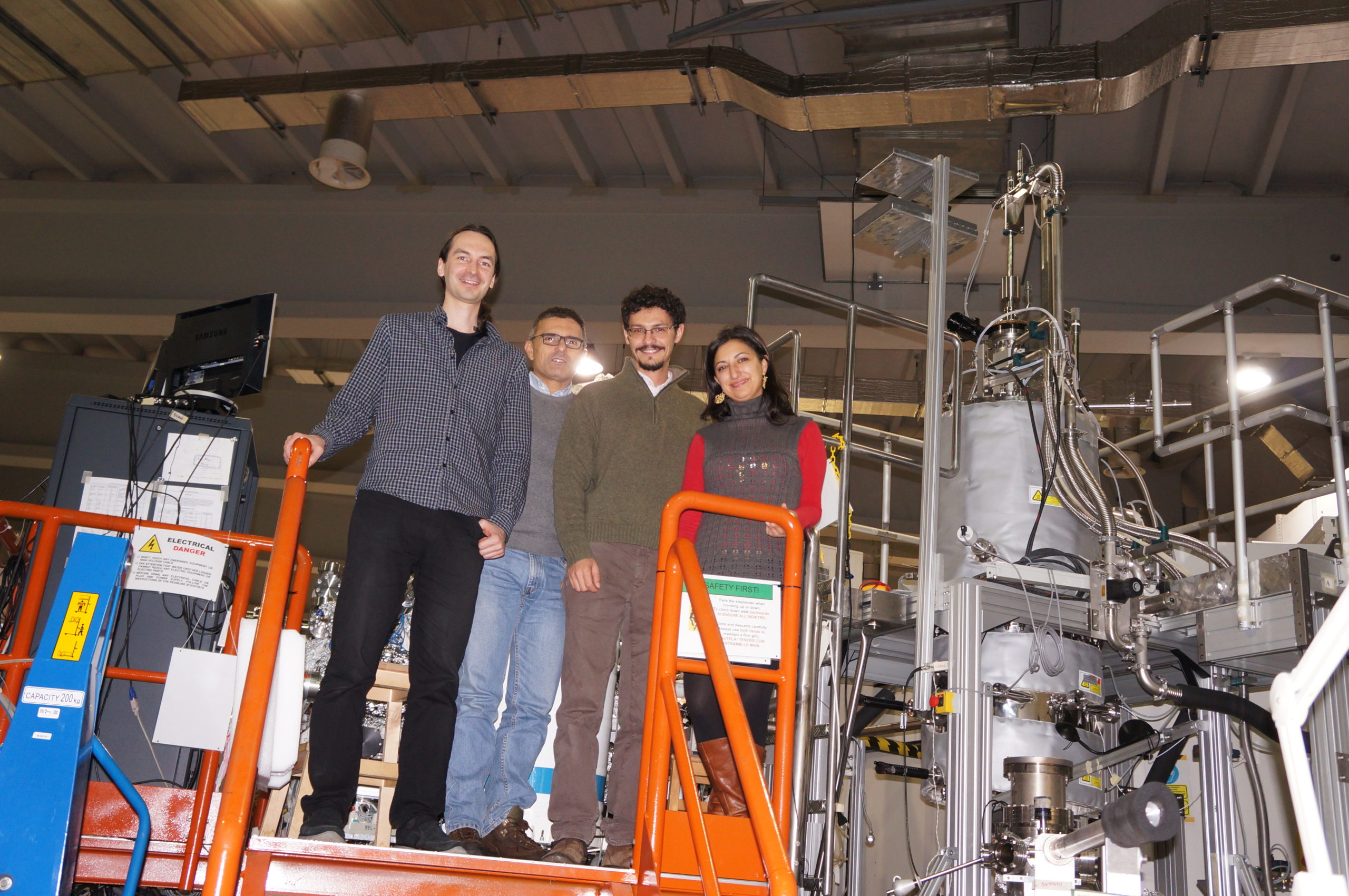
- TNA accesses to BABE has also permitted:
- The calibration of coating polarizers at key spectral lines to improved the design of a space polarimeter for solar physics (cf. N. Gutiérrez-Luna, G. Capobianco, A. M. Malvezzi, C. Honrado-Benítez, L. Rodríguez-de Marcos, J. I. Larruquert, A. Giglia, N. Mahne, S. Nannarone, and S. Fineschi, Multilayer beamsplitter polarizers for key UV-FUV spectral lines of solar polarimetry, Optics Express, 30(16), 29735 (2022)
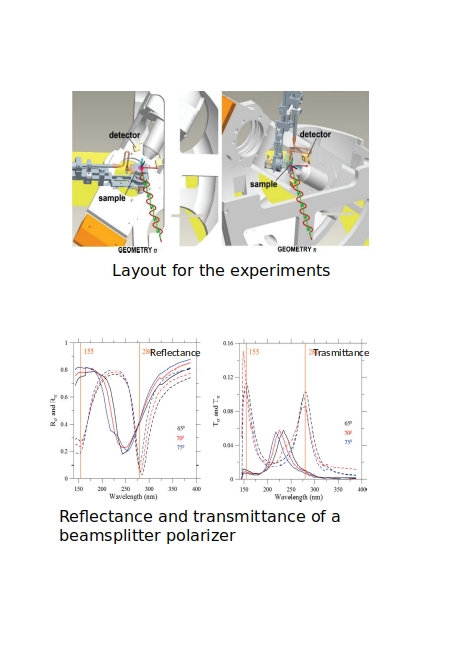
- The characterization of the Surface Photoemission of the Radish Rover to the Moon (S. Kalo, F. Arneodo, L. Manenti, I. Sarnoff, H. Roberts, P. Oikonomou, L. Pasquali, N. Mahne, A. Giglia, S. Nannarone, E. Magnano, S. Nappini, S. Els “Yield Measurements of the Rashid Lunar Rover Materials at BABE”, to be submitted).
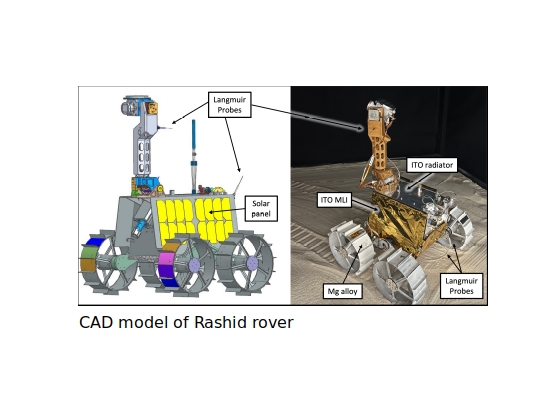
- The calibration of coating polarizers at key spectral lines to improved the design of a space polarimeter for solar physics (cf. N. Gutiérrez-Luna, G. Capobianco, A. M. Malvezzi, C. Honrado-Benítez, L. Rodríguez-de Marcos, J. I. Larruquert, A. Giglia, N. Mahne, S. Nannarone, and S. Fineschi, Multilayer beamsplitter polarizers for key UV-FUV spectral lines of solar polarimetry, Optics Express, 30(16), 29735 (2022)
- Approved TNA accesses to LARIX has permitted to improve the design of detectors for the hard X-ray bandpass.
For the POLTFH Proposal the visitors are from TUM (Munich, GE) and CEA (Paris, FR) . The objective was the characterisation of the POLTFH experiment, path-finder and ground demonstrator for the COMPOL (COMpoton POLarimetry cubesat). The measurement campaign has been devoted to perform energy calibration and derivation of detector response, particularly focused on Compton polarisation efficiency and off-axis response.
For the THOR proposal the visitors are from the University of Coimbra/LIP (Coimbra, PT). The objective was to test of one CZT detector composing the THOR experiment, GRB and TGF detector to be put on the Space Rider. The measurements have been focussed on the Spectral response of the detector, from low to high energy (50 keV to 2 MeV), its Compton polarisation efficiency and its Imaging capabilities.
For the proposal on “Novel scintillators light distribution + GRAPE” the visitors are from the Max Planck Institute (Munich, GE), University of Genève (CH), University of New Hampshire (US). The objective was to test CeBr3 and GAGG:Ce scintillators coupled to SiPM (developed for POLAR-2), and to test the GRAPE detector. The measurements have focussed on a) the scintillation light distribution in CeBr3 and GAGG:Ce, b) the imaging capabilities and energy resolution of the GAGG:Ce c) the instrument asimmetry, detection efficiency and event reconstruction accuracy of GRAPE.
- AHEAD2020 JRA has contributed to the realization of BEaTriX: a facility for X-ray pore optic test that has been part of the TNA offer since June 2023.
Three proposals have asked to access BEaTriX , two proposals are lead by G. Vacanti from the COSINE company that is developing the mirror pore optics to be used to build the NewAthena ESA large X-ray mission. Overall the two access granted to G. Vacanti have allowed to perform an estensive test campaign of some of the newly build pore-optics elements that will be used for the NewAthena mirror. The third proposal lead by S. Romaine of the Center for Astrophysics, MA, USA was focussed on an exchange of knowledge between the AHEAD2020 BEaTriX team and the CFA team around the way to build and use a cheaper “short” length facility, like BEaTriX, devoted to the test of new technology X-ray mirrors. The final aim of the CFA team is to take advantage of the BEaTriX team to realize a similar, much more affordable, test facility at CFA premises.

